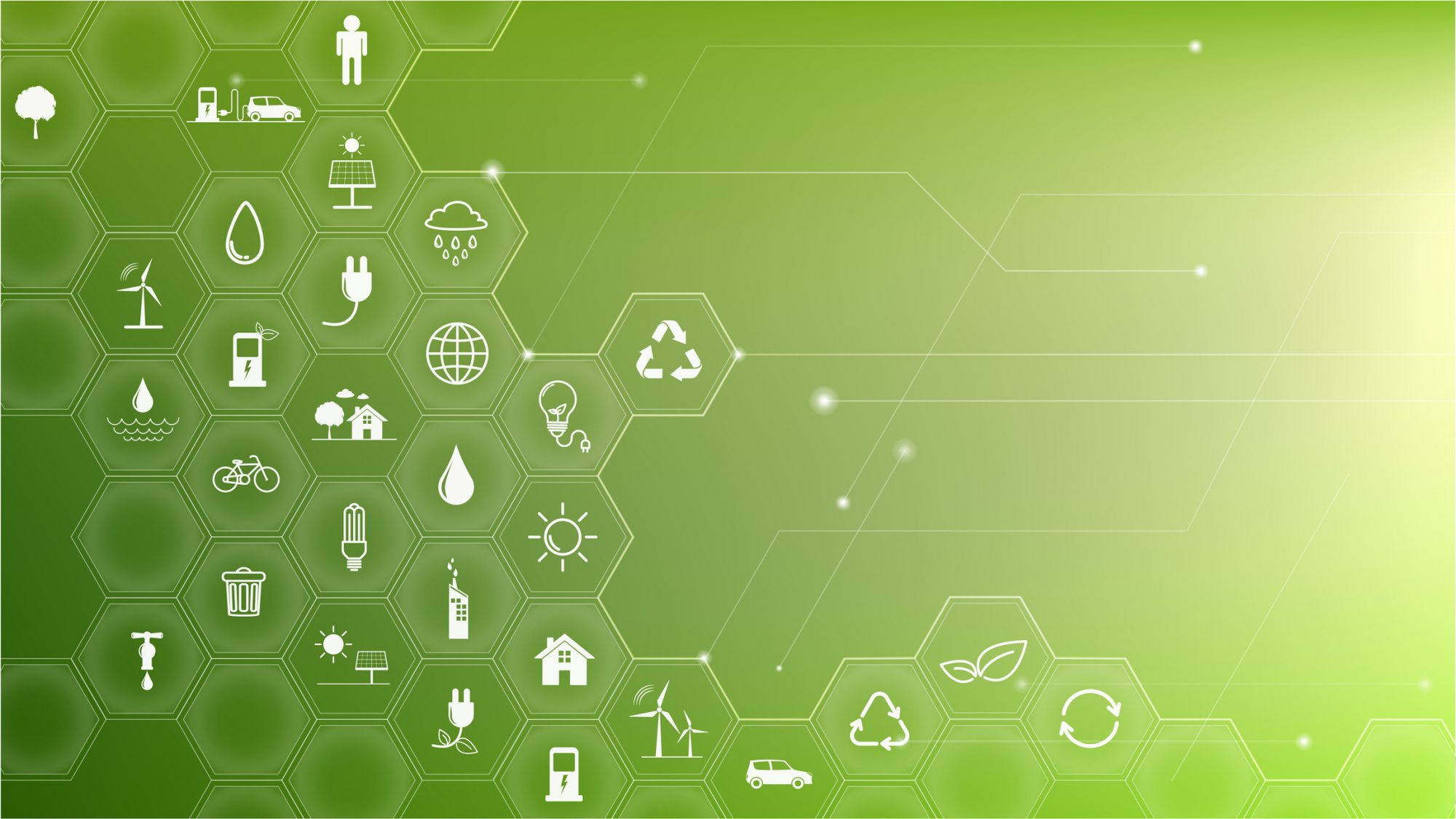Bell wants to have carbon-neutral operations by 2025.
To reach the goal, Bell announced on March 11 that it will continually optimize its heating and cooling systems, use energy-efficient equipment and fuel-efficient vehicles for its fleet. The company also noted that its 5G network will support 1,000 times the traffic at half the current energy consumption over the next 10 years.
“Our climate commitment extends throughout our own operations, and through the Bell network and customer service innovations that are critical enablers of the green economy, including the potential for 5G connections to enable unprecedented reductions in greenhouse gas emissions,” said Mirko Bibic, Bell chief executive officer.
In the same release, Bell said that it’s has achieved the International Standard Organization’s (ISO) ISO 50001 environmental certification in addition to the ISO 14001 certification earned in 2009. ISO environmental certifications outline a tough set of criteria on energy management.
Telecom’s burden on the energy sector
The global mobile traffic reached 40.77 exabytes–or 40 million gigabytes–in 2020. By 2022, mobile traffic is expected to reach 77 exabytes.
As it turns out, transporting all that data requires a significant amount of energy. The IEEE estimated that telecom operations consumed one per cent of the world’s electricity in 2012. By 2019, that figure has jumped to three per cent. Moreover, the global energy cost has been rising steadily by one per cent annually, with regions like Canada increasing by as much as three to seven per cent.
The network’s high energy consumption is costing telcos big money and impacting the environment. McKinsey estimated that on average, five per cent of telcos’ operating expenditures went towards energy use in 2018. And according to the GSMA, energy costs account for 20 to 40 per cent of a network’s operational expenditures. The increased energy use, along with rising energy costs, has driven telcos to adopt greener technology.
